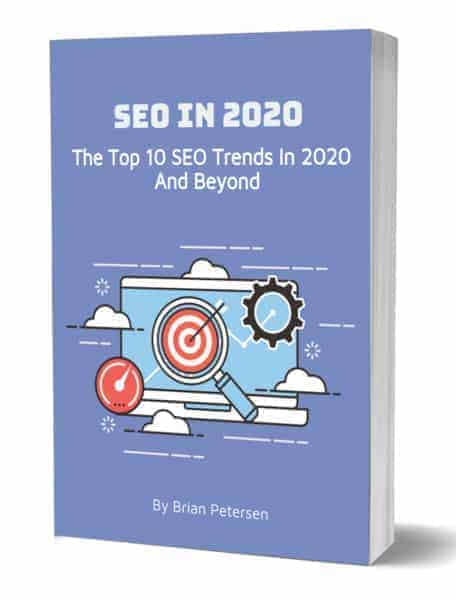Structuring a website’s SEO content might seem straightforward, but it requires some planning to structure SEO content.
First of all, you need to figure out which keywords you will target, so the first step is doing keyword research.
Here are 10 free keyword research tools to get you started.
Address The User Intent Behind The Search Query

The most important thing you need to address is the user intent behind a search query – what it is the user wants to achieve?
Are the user looking for product info, a review, or are there questions you can answer?
Some searches have clear buyer intent – like “buy product x” – if the user finds the product, there is a good chance that they would purchase the product.
What Content Do You Want To Rank?
It is not unusual to experience that Google has decided to rank another piece of content instead of the content you have optimized for a specific keyword.
Perhaps you have not optimized the target content well enough. It might be small to add the keyword to the title or rewrite certain content, and the first step is to focus on your onsite optimization.
If you have a commercial website with both product and support content, it is not unusual that the support content might outrank the product pages for commercial keywords.
That might be a problem if you send potential customers to a support URL with no option to buy your products. So besides onsite optimization, it might be necessary to change your internal link structure.
Building Pillar Content
For your most prominent and “must-win” keywords, you might find it necessary to build some pillar content.
Pillar content is a massive amount of information covering all aspects of a topic.
Pillar content can be infographics, text, a report, a guide, or even an ebook.
You can use other internal links and link to your pillar content, and that way, tell Google that this content is highly relevant,
A well-crafted piece of pillar content can consist of thousands of words, and it is not unusual that a well-crafted piece of content can rank for hundreds of keywords.
The goal is not just to write thousands of words – it is about staying highly relevant to the topic and making sure that it is easy for the user to navigate the content.
Pillar content is a bit like writing an instructional manual – there are many topics, and the user should be able to navigate to the section of the manual that is most relevant to his problem.
Topical Content Clusters
Topical content clusters are about categorizing your content in relevant clusters/categories.
If you are running a food blog, it will make perfect sense to both Google and the users to use different categories like “starers”,” main courses,” and “deserts”.
You might even break it further down to hot or cold main courses, fish or meat, etc.
Using this strategy, you will have different silos for your content, and it is easy for both the users and Google to navigate and find specific topics.
Navigation and internal links have a significant impact on your SEO and user experience. Your most important content should only be a few clicks away from the user.
The internal links help both the users and Google locate relevant content, so interlinking with keywords is like planting a roadsign and telling Google what your content is all about.
If your food blog has a recipe for “Chocolate cake,” then use that as anchor text – and not something like “read more” or click here. (Note this is ONLY for internal linking – not external backlinks!).
Research: How To Write And Structure SEO Content
Creating a content brief or write SEO optimized content is more than just sprinkling in a few keywords and then hope it would rank.
You must examine the content and your competitors that are already ranking for your keyword.
If your competitors are already ranking on page one in Google, they must do something right – so why not examine what they are doing?
- How are they structuring their headlines?
- How are they using H2-H6 tags?
- How lengthy content do they have (If the average is 1.000 words, your 300-word article are not likely to rank).
- What kind of questions are they addressing and answering?
- How do they use images, videos, and other rich media in their content?
How To Automate Your Content Research Process
It might seem overwhelming to do all that manually by browsing websites and taking notes in a spreadsheet.
Luckily it is possible to automate the entire research process and create SEO content way faster.
The good thing is that there is a tool you can use, and they even offer a free trial.
You can jump right to it and read my blog post about creating content optimized for SEO.


